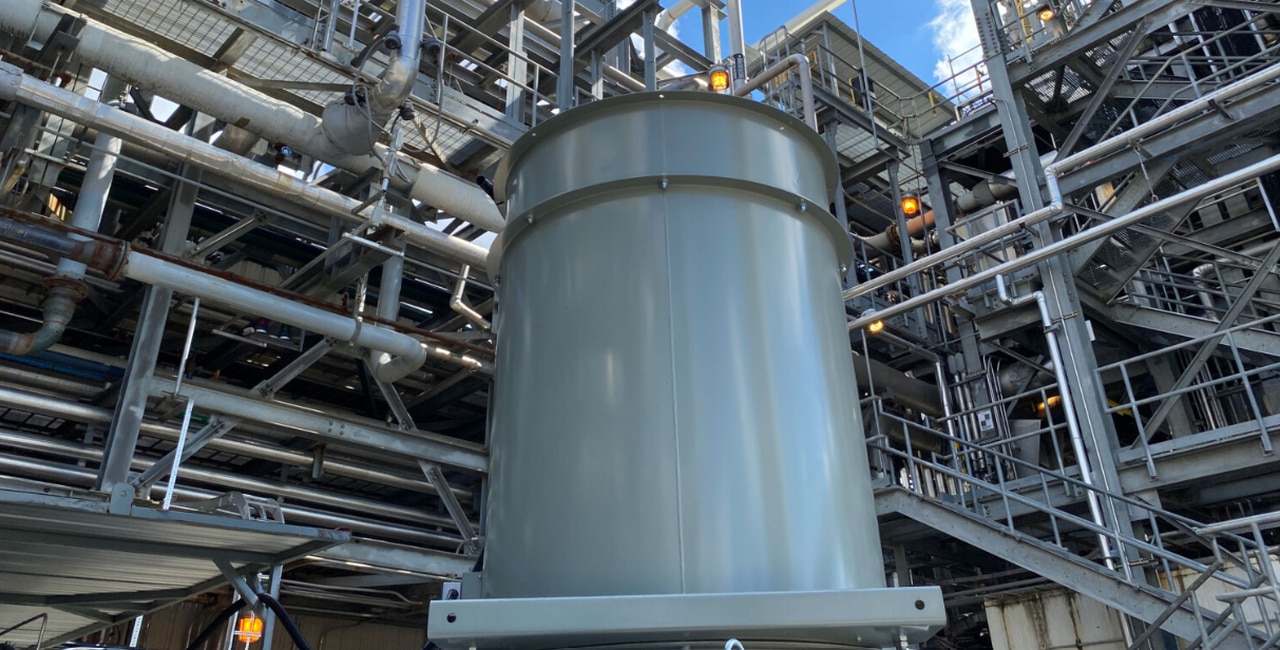New technology to reduce greenhouse gas emissions tested in Alabama
A U.S. Department of Energy national laboratory recently tested a new technology in Alabama designed to capture carbon dioxide emissions.
Lab-scale tests of advanced membrane technology were completed recently at DOE’s National Carbon Capture Center in Shelby County’s Wilsonville. The tests were used to evaluate cost-competitive carbon capture technologies for power plants.
Based on the positive results, an expanded field test in 2025 will be conducted at U.S. Steel’s Edgar Thomson Plant in Braddock, Penn., with the aim of separating carbon dioxide from greater volumes of flue gas.
Carbon capture technology, experts say, has the potential to significantly reduce carbon dioxide from blast furnaces.
Membrane-based carbon capture technology uses permeable materials to separate carbon dioxide from flue gas. It generates carbon dioxide with a low percentage of nitrogen which can then be safely and permanently stored in deep geologic formations or reused.
Experts say this technology is simpler and potentially cheaper than other carbon dioxide removal methods and requires fewer moving parts.
“This is an opportunity to play a role in shaping the future of greenhouse gas reduction for the entire steel industry,” Scott D. Buckiso, U.S. Steel’s senior vice president and chief manufacturing officer for the North American flat-rolled segment, said.
David Hopkinson, technical portfolio lead for Point Source Carbon Capture at a DOE lab, said the project “sets the stage for the development of membrane technology that can be used at steel mills, cement kilns and other industrial sites that generate significant volumes of greenhouse gas.”
